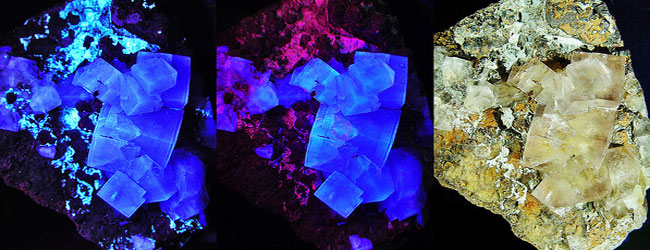It’s unclear exactly how the term ‘Special Stains’ first arose in the world of histology, but it refers to empirical and histochemical staining techniques that significantly contributed to the advancement of histology in the late 19th century.
In a nutshell, these stains are ‘Special’ because they are not routine – simple as that. Therefore, Special Stains refer to any staining technique other than hematoxylin and eosin (H&E). So when we talk about ‘Special Stains’, we are referring to stains that are applied for a single purpose.
Why do we use special stains?
Routine H&E staining remains the cornerstone of histological tissue examination. This stain is important for providing detail of tissue and cell structure, as well as differentiation of cellular constituents, especially the cytoplasm, and nucleus.
However, examination of H&E-stained tissues may raise questions, such as:
What type of tissue is present, and what is its distribution?
Which tissue component is that?
Is that an organism?!
This is where Special Stains come in. They represent a variety of techniques and dyes with a more limited staining range, so they can be used to highlight certain features. This allows target substances to be identified based on their:
Chemical character: For example – calcium, iron, copper, melanin, lipids, glycosaminoglycans, hemosiderin, DNA, and RNA.
Biological character: For example – connective tissues, nerve fibers, and myelin.
Pathological character: For example – bacteria, fungi, and amyloid.
In this way, Special Stains can be used diagnostically, as well as in biomedical research, either to detect the presence of specific tissue structures or substances or to allow a more detailed morphological evaluation of these components and their distribution within a specimen.
Typically, H&E-stained sections of the specimen have been evaluated prior to the decision to apply a special stain. In diagnostics, for instance, if a pathologist sees changes in tissue to suggest a diagnosis of tuberculosis, an acid fast stain can be used to confirm this.
Similarly, in a research setting, an investigator could be evaluating liver specimens for evidence of cancer development, and may incidentally discover variable deposits of extracellular pink material. In this case, a Congo Red stain would be a helpful follow-up stain to determine if the material was amyloid. Conversely, the researcher may start out wanting to investigate whether amyloid deposition was occurring. In this case, Congo Red staining would likely be requested simultaneously with H&E, since they would be needed to fully investigate the original scientific hypothesis.
Empirical or histochemical?
Some Special Stains, such as the trichrome stain for connective tissue, are specifically empirical and are used only to produce differential coloration of various cell and tissue components. Because of the different mordants and differentiations used in these stains, it is difficult to reproduce specific color densities. This makes it difficult to standardize them.
On the other hand, histochemical stains such as Periodic acid-Schiff stains for mucopolysaccharides are very specific for a single molecular species. Therefore, these stains can be standardized and repeated with accuracy.
Although immunohistochemistry and in situ hybridization are technically forms of special stains, they represent a class of techniques that are based on specific chemical reactions. Their specificity is such that they can recognize very precise targets within a tissue, namely proteins or DNA/RNA sequences.
Many histologists prefer to distinguish these techniques from the more usual Special Stains, and often categorize them as “Advanced Stains”.
Want to learn more about special stains for histology and how they could benefit your research? Check out our free eBook on special histology stains.
Stay tuned to this Channel for examples of Special Stains commonly used in research and diagnostic laboratories. And if you have a favorite stain that you’d like us to cover, please let us know!






